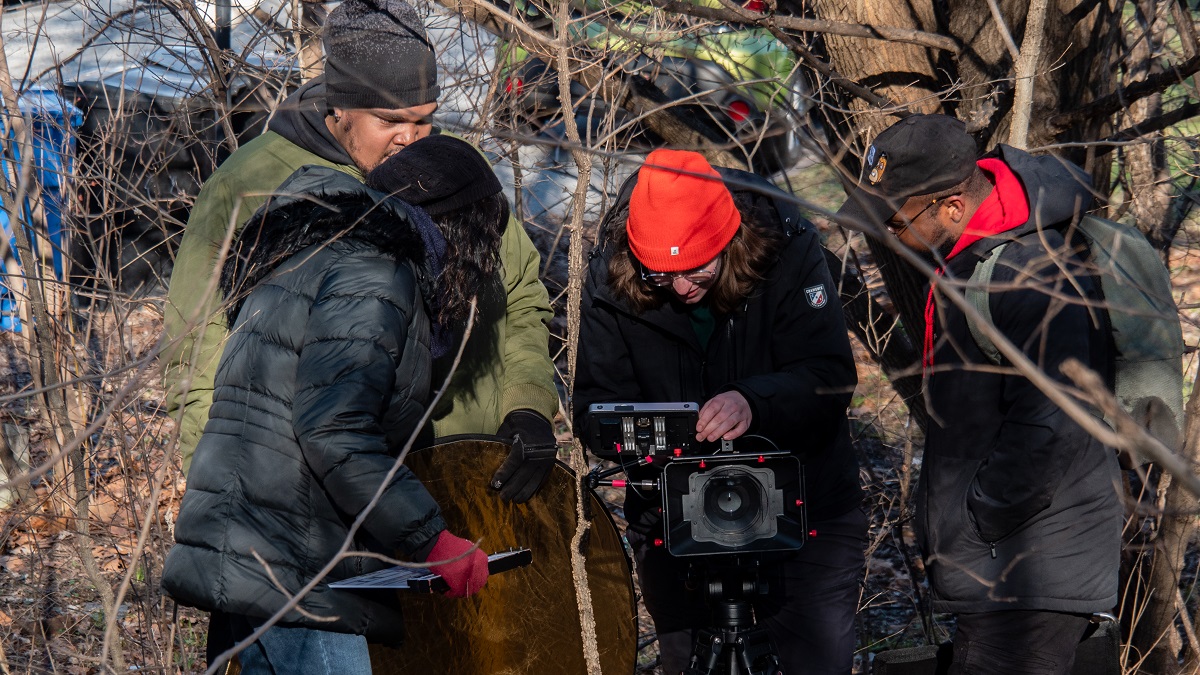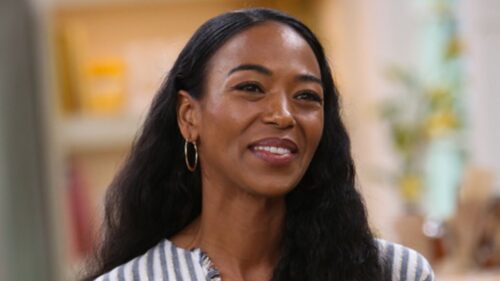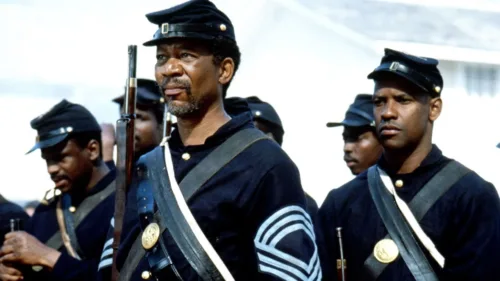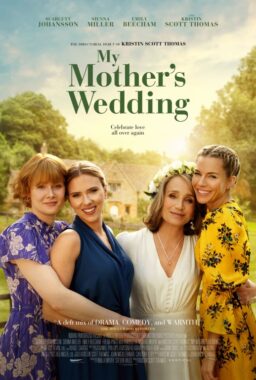I’ve always loved filmmaking because it was never dull. In this field, you’re always learning. You’re forever a student, going back to the whiteboard again and again. But after 10 years of trial and error, I’m tired of learning. When I began my journey, the road ahead was exciting. I made a film almost every week, totaling about 40-50 shorts by the time I graduated high school—films that often reflected the nuances of my life and the people around me. I took inspiration from Casey Niestat and Ryan Connolly to make cheap shorts with endless possibilities. However, my filmmaking has only gotten more expensive—my recent short, “The Wolf Among Us,” cost $16,000. But more money doesn’t make a better film.
In my mind, “The Wolf Among Us” was going to be my claim to fame. The short was going to be my “Reservoir Dogs,” my “Blindspotting,” my “Sorry to Bother You.” I had mapped out my Sundance success story, being interviewed by IndieWire and No Film School as I explained the long four-year journey and raising $16k—the blood, sweat, and tears that went into the project. I envisioned telling John Cooper about taking a chance on first-time actors, awkwardly filming a car sex scene in my mama’s backyard, and the logistics of burying a body in the woods. But then I got the first cut and those ambitious dreams quickly receded like my hairline in college.
As a filmmaker, you pour your soul into your movie. Late nights, maxed-out credit cards, and disappointed looks from your spouse all lead you to opening night. Among the crowd, you sit and hope that your film isn’t a pile of garbage. But sometimes it is. Filmmaking is a gamble. It takes the same amount of effort to make a good movie as it takes to make a bad movie.
In this case, I think I made a bad one. How do you define a bad movie? It can mean many things to different people. Whether it’s a terrible plot, rushed pacing, or straight-up boring. For me, the problem falls on me. I lost my voice. The film no longer reflected who I am or what I think. I let too many people take the wheel. In past films like “Maybe, Tomorrow?” and “5 Stages of a Relationship,” I wrote from my experience. However, “The Wolf Among Us” was different. It began as my usual run-of-a-mill dark comedy with characters that reflected at least one part of my personality, but it quickly grew into something I didn’t recognize. Although it’s my most collaborative project, it was a passive collaboration. I took a backseat in my story because I felt like I did not have a place in it. I am not part of the LGBTQ+ community. I have no idea what it means to be a black woman or nonbinary or queer. So, I let my co-writers and cast dictate how the characters behaved.
Yes, this was a good idea, in theory, but I should have done more work to shape a road for the characters to travel. Representation should have been at the forefront, not an afterthought. Pronouns feel like they’ve been thrown into the script like a dash of salt added to a meal already cooked. Dealing with gender identity is more complex than just opening up our casting pool to trans and nonbinary folks, but, in my ignorance, I did not realize that. I let the production get so wrapped up in representation politics behind the scenes that the characters and their relationships fell by the wayside on screen. We’d cut on a good take because someone was misgendered in the middle of a sentence and replace it with a new take that was lackluster. Certain adlibs had to be cut because they disrespected the way someone liked to be addressed. No additional direction was given besides saying the correct pronoun. This resulted in characters that don’t feel like friends with some wooden performances in the first cut.
I know all filmmakers dread the first cut because it’s the worst cut. But you can’t fix everything in post. At its core, this film is a relationship-driven story and if the characters don’t play well together then those relationships fail. If the audience doesn’t believe in the relationships of the characters, then I delivered a bad product. So, now what? Do I swallow my pride and release the film anyway? Accept that my career is in the toilet and find a new passion? I realized that I could make the film better. Although it’s true you can’t fix everything in post, you can fix some things.
With ADR, you can re-record the actor’s recorded dialogue from the set in the studio. Through this method, I can change the delivery of lines, change lines completely, or add wild lines. Additional lines can add rapport between the characters because friends need to have inside jokes, nicknames, or shorthand. In post, I can also cut out story beats that no longer work, jokes that don’t land, and tighten the pacing. I can restructure scenes to change up the story through reshoots. Instead of trying to force the story to be what I envisioned, I’m going to meet the film where it’s going. Filmmaking is about adaptation.
I still believe that “The Wolf Among Us” can capture the hearts and minds of audiences. Or at the very least someone can resonate with it even if I cannot. Either way, I learned that representation begins before the ink even dries on the script. It’s more than merely open casting. The leadership and story need to reflect the society it represents. With that being said, it’s onto the next project.
“The Wolf Among Us” drops October 31, 2022 on YouTube.












